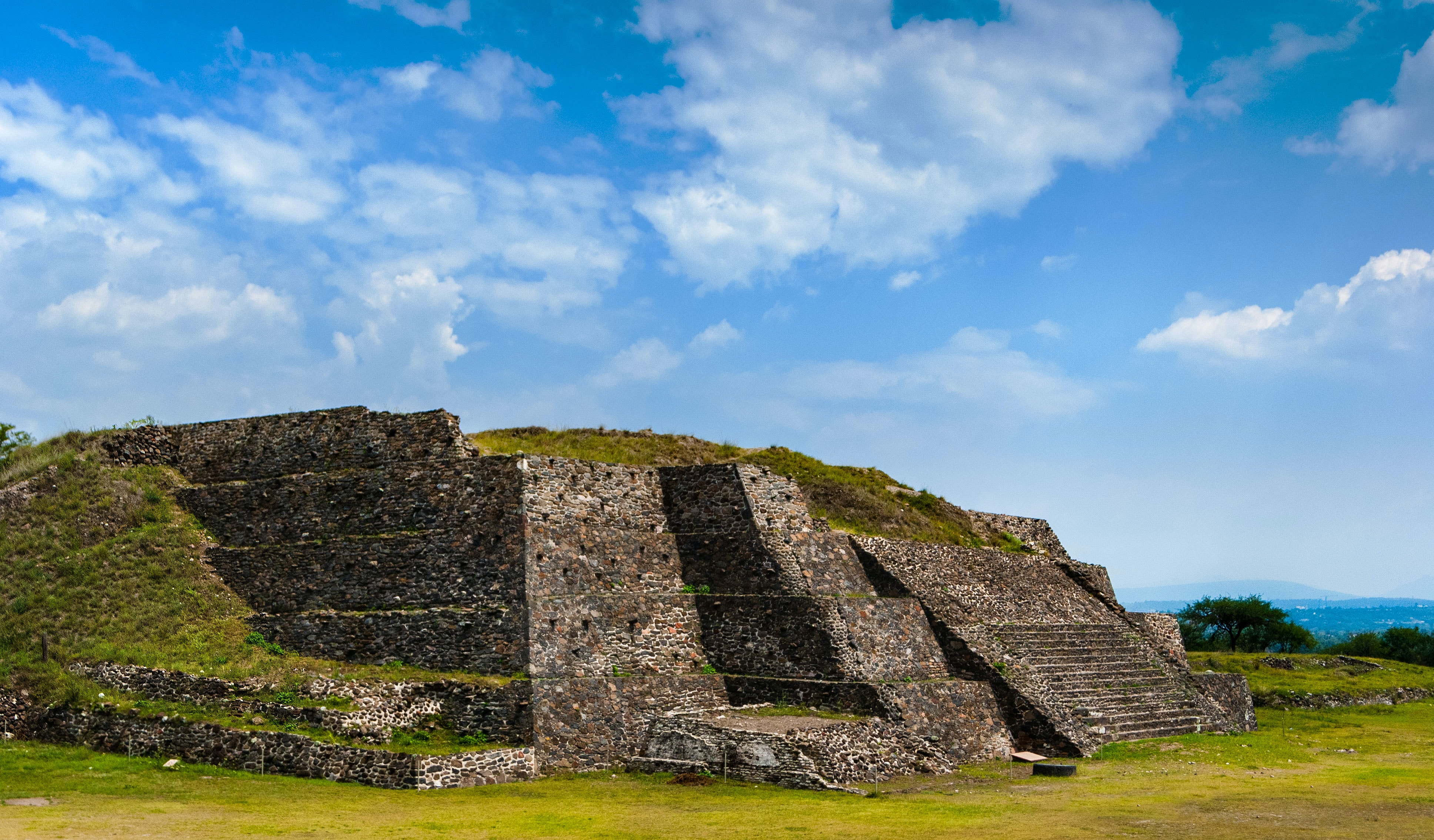This article by Ray Spitzenberger first appeared in IMAGES for April 16, 2020, East Bernard Express, East Bernard, Texas.
The Resurrection of our Lord, which we Christians just celebrated, was the beginning of a spiritual movement that spread all over the world. After the miraculous manifestation of the Holy Spirit at the first Pentecost, fifty days after Jesus arose, non-believers became followers of Christ in huge numbers. Conversions were spontaneous and sincere as the Holy Spirit entered their hearts.
As we move through history, we see successful and unsuccessful attempts by Christian missionaries to convert pagans throughout the world. My Wendish forebears, for example, if I were able to trace them back that far, were pagans before conversion to Christianity. About 350 years after Christ lived, died, and arose from the tomb, my ancient Wendish ancestors, having migrated into Germany, were pagans who believed in an array of pagan gods and goddesses.
Like pagan tribes in other parts of the Old and New World, they were also superstitious, so it doesn’t surprise us that the ancient Greek word for “religious” could also mean “superstitious.”
The Saxons, and many other Germanic tribes, were converted to Christianity fourteen hundred or more years before the various Slavic groups (like the Wends) in Europe were Christianized; and about 500 years after the Wends were converted to Christianity in the 1100’s, the Aztecs, Mayas, Zuni, Hopi, and other indigenous people in the New World were converted in the 1500’s.
The purpose of the Crusades, starting in 1096 A.D., was to recapture the Holy Land and stop the expansion of Muslim states, and there were 9 Crusades in all, the last half of them being totally ineffective as far as conversion is concerned. The First Crusade did recapture the city of Jerusalem, but, over the years, the Muslims won back the Holy Land. The Crusades ended with the Ninth one in 1272, and I’m not sure how many conversions to Christianity took place in those 176 years.
The Second Crusade, begun in 1147, is the one that interests me the most, because it came to be known by some as “The Wendish Crusade.” Although the main purpose of the Second Crusade was the same as the first one, there seemed to be less interest in converting the Muslims than in going after the pagan Wends in Saxony.
An Abbot (leader of a group of monks), Bernard of Clairvaux, was commissioned by Pope Eugene III to promote the Second Crusade, and I’m not sure how the Knights Templar switched gears to attempt conversion of the pagan Wends. Actually, it was a case of re-conversion of the Wendish tribes, many of whom had been converted before, but either had reverted to their pagan religion or they had “paganized” Christian beliefs.. The crusading Knights succeeded in conquering and ruling over the Wends, but not necessarily in converting or re-converting them. It seems to have been more conversion by the Sword than conversion by the Word. The good news is that my forebears eventually became believing Christians!
The Crusades had long since ended by the time it was felt urgent to convert the pagans in the New World to Christianity. The Church attempted to do this by sending Spanish missionaries to the New World, who, unlike the Templar Knights, were clergy.
Pedros de Gante was the first missionary to be sent to “New Spain” in 1523. Franciscan missionaries, who worked throughout Central Mexico, were sent in 1532 to preach the Gospel and help the indigenous people. Then the Jesuits were sent to do missionary work in Southeastern Mexico in 1570. And there were others.
The Spanish missionaries faced the same situation as the Crusaders did, but they were clergy and the Crusaders were soldiers, so the Word was the main tool of conversion. Scholars say that the Aztecs, for example, worshipped at least 200 gods and goddesses, such as Xipe Totec and Huitzilopochtli. Some of the pagan gods required human sacrifice. Like the pagan Wends in the Old World, these New World tribes would easily revert to their pagan customs. But the seeds of the Gospel were sown and the harvest was fruitful.
-o-
Ray Spitzenberger is a retired teacher and pastor, and the author of a book, It Must Be the Noodles.

